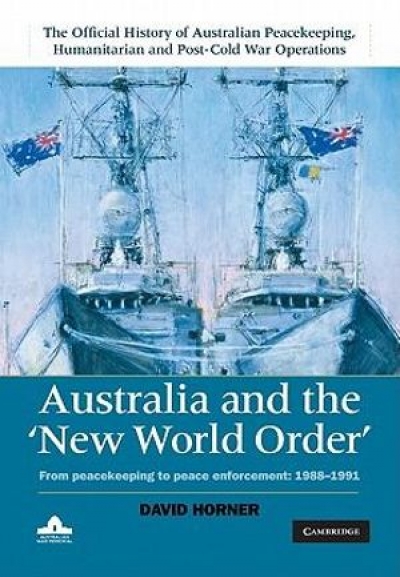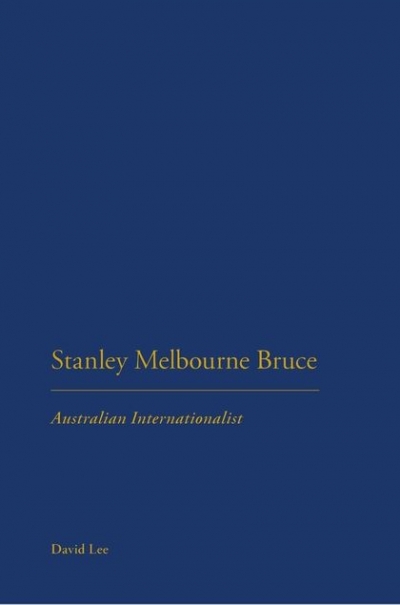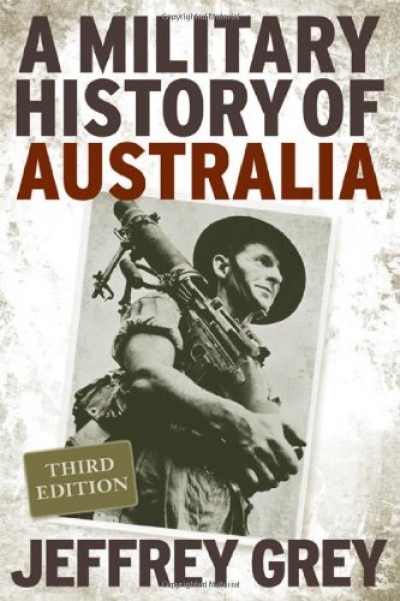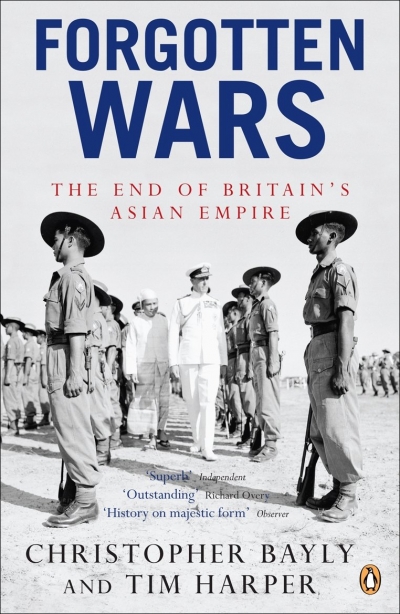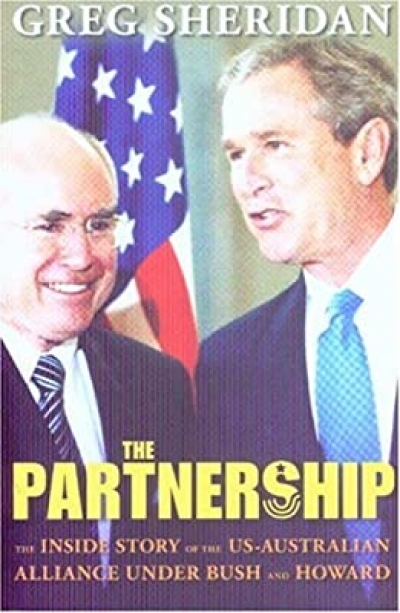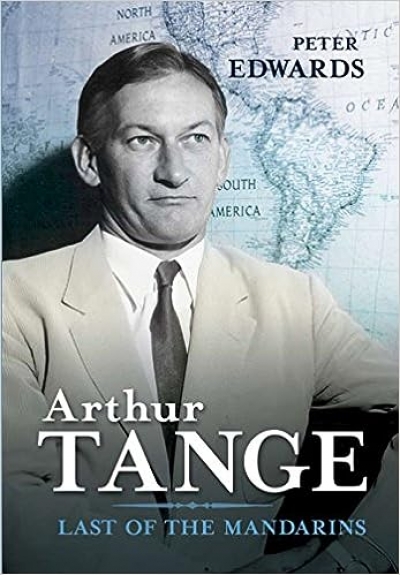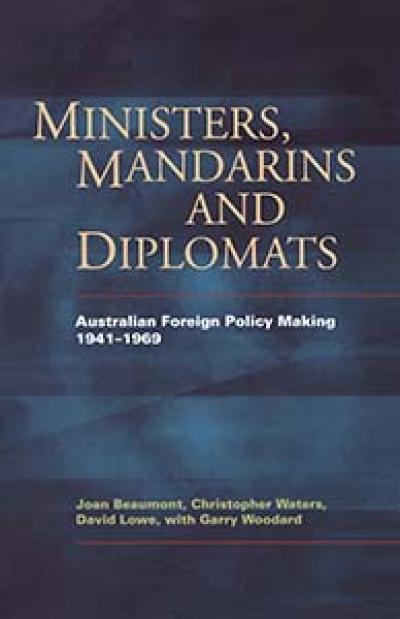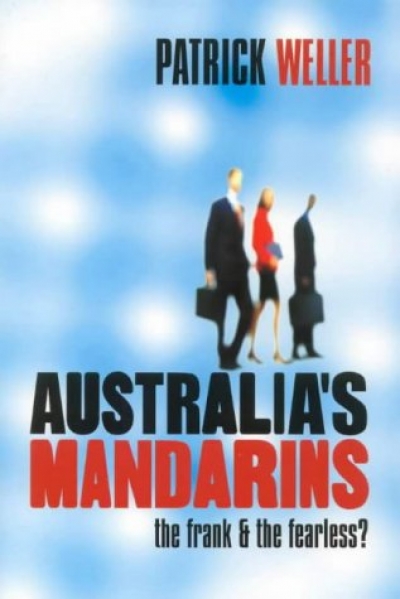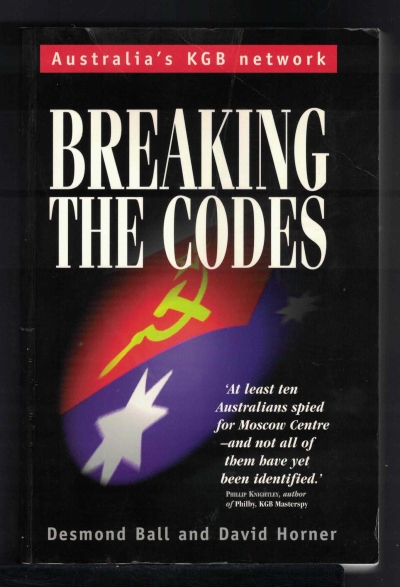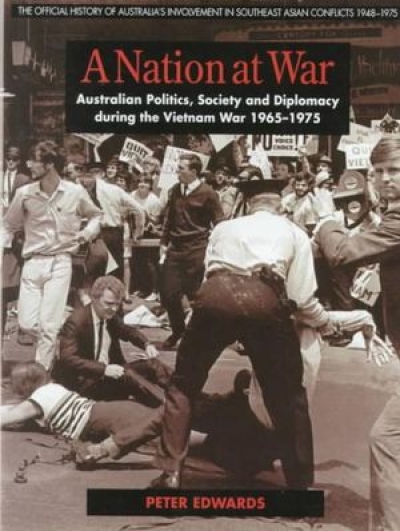Peter Edwards
Australia and the ‘New World Order’: From Peacekeeping to Peace Enforcement: 1988–1991 by David Horner
by Peter Edwards •
Stanley Melbourne Bruce: Australian internationalist by David Lee
by Peter Edwards •
A Military History of Australia by Jeffrey Grey & Duty First by David Horner and Jean Bou
by Peter Edwards •
Forgotten Wars: The end of Britain's Asian emprie by Christopher Bayly and Tim Harper
by Peter Edwards •
The Partnership: The inside story of the US–Australian Alliance under Bush and Howard by Greg Sheridan
by Peter Edwards •
Ministers, Mandarins and Diplomats: Australian foreign policy making 1941–1969 by Joan Beaumont, Christopher Waters, and David Lowe, with Garry Woodard
by Peter Edwards •
Australia's Mandarins: The Frank and the Fearless? by Patrick Weller
by Peter Edwards •
Breaking the Codes: Australia’s KGB Network 1944-1950 by Desmond Ball & David Horner
by Peter Edwards •

